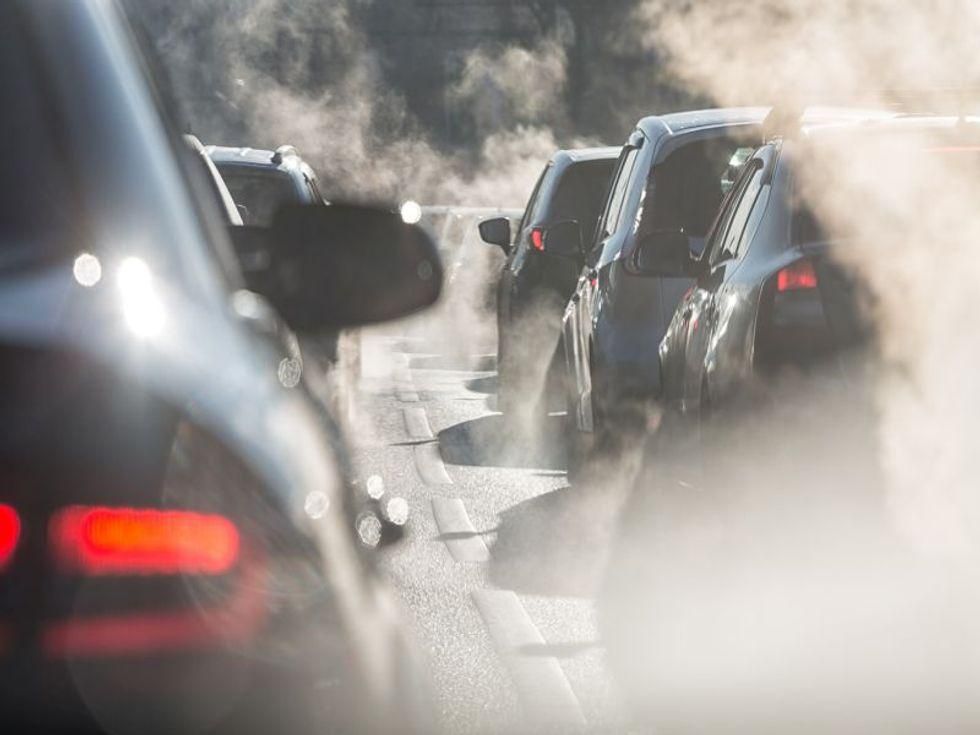
(HealthDay News) – The air people breathe – and how much pollution is in it – may make a difference in their outcomes when infected with COVID-19, a new study finds.
Researchers found that living in more polluted areas — including near sewage water dischargers and in close proximity to heavy traffic — was linked with a greater likelihood of being admitted to the intensive care unit and more likelihood of needing mechanical ventilation after infection with SARS-CoV-2.
“The key takeaway is that living in a more polluted neighborhood is an independent risk factor for severity of COVID-19 disease,” said study author Dr. Anita Shallal, from the Henry Ford Hospital in Detroit. According to the American Lung Association, Detroit is the 12th most polluted city in the United States, measured by year-round fine particle pollution.
Because low-income and minority populations often live in more polluted areas, the study also “calls attention to the systemic inequalities that may have led to the stark differences in COVID-19 outcomes along racial and ethnic lines,” Shallal said. “Communities of color are more likely to be located in areas closer to industrial pollution, and to work in businesses that expose them to air pollution.”
The new research is to be presented Thursday during the online annual meeting of the European Congress of Clinical Microbiology & Infectious Diseases.
Dr. Theodore Maniatis, medical director at Staten Island University Hospital in New York City, said the findings “make perfect sense.”
He said that the lungs work in a “delicate balance” that’s easily compromised by dirty air. Anything that upsets that balance “will likely increase the risk of pulmonary infections and decrease the lungs’ ability to clear such infections,” said Maniatis, who wasn’t involved in the new study.
In the study, Shallal’s team collected data on where participants lived as well as data from the Environmental Protection Agency and other sources on local levels of pollutants including PM2.5, ozone, and lead paint. They used this data to explore associations between COVID outcomes and exposure to a variety of pollutants.
The results: COVID-19 patients who lived in areas with higher levels of PM2.5 and lead paint were more likely to require mechanical ventilation and be admitted to the ICU, compared to those living in less polluted neighborhoods.
In fact, each small increase in long-term PM2.5 exposure was associated with more than three times the odds of being mechanically ventilated and twice the likelihood of a stay in ICU. However, it was not associated with a greater risk of dying, the study team reported.
They note that the study couldn’t prove cause-and-effect, only that pollution was associated with worse COVID-19 outcomes.
The researchers also found greater risks for patients who were male, black, obese or with severe long-term health conditions. They were much more likely to need mechanical ventilation and to be admitted to the ICU. Being male, obese or having severe long-term health conditions were also predictors of death following admission, according to the study.
Speaking in a meeting news release, Shallal said it’s not yet clear “how air pollutants contribute to more severe disease.”
But she theorized that “it’s possible that long-term exposure to air pollution may impair the immune system, leading both to increased susceptibility to viruses and to more severe viral infections.”
Added to that, “fine particles in air pollution may also act as a carrier for the virus, increasing its spread,” Shallal said. “Urgent further research is needed to guide policy and environmental protection, to minimize the impact of COVID-19 in highly industrialized communities that are home to our most vulnerable residents.”
Dr. Irene Galperin is chief of pulmonary medicine at Long Island Jewish Forest Hills, in New York City. Reading over the findings, she noted that “inhalation of fine particulate matter can lead to chronic inflammation, reduced immune response and diminished ability of the lung to heal and repair itself.”
Galperin said that, “based on this latest study, [it’s possible that] patients with history of such exposure are more likely to develop severe COVID 19 illness.”
Experts note that findings presented at medical meetings are considered preliminary until published in a peer-reviewed journal.
More information
The National Institute of Environmental Health Sciences has more on pollution and health.
SOURCES: Theodore Maniatis, MD, medical director, Staten Island University Hospital, New York City; Irene Galperin MD, chief, pulmonary medicine, Long Island Jewish Forest Hills, New York City; European Congress of Clinical Microbiology & Infectious Diseases, news release, July 8, 2021
Source: HealthDay

Leave a Reply